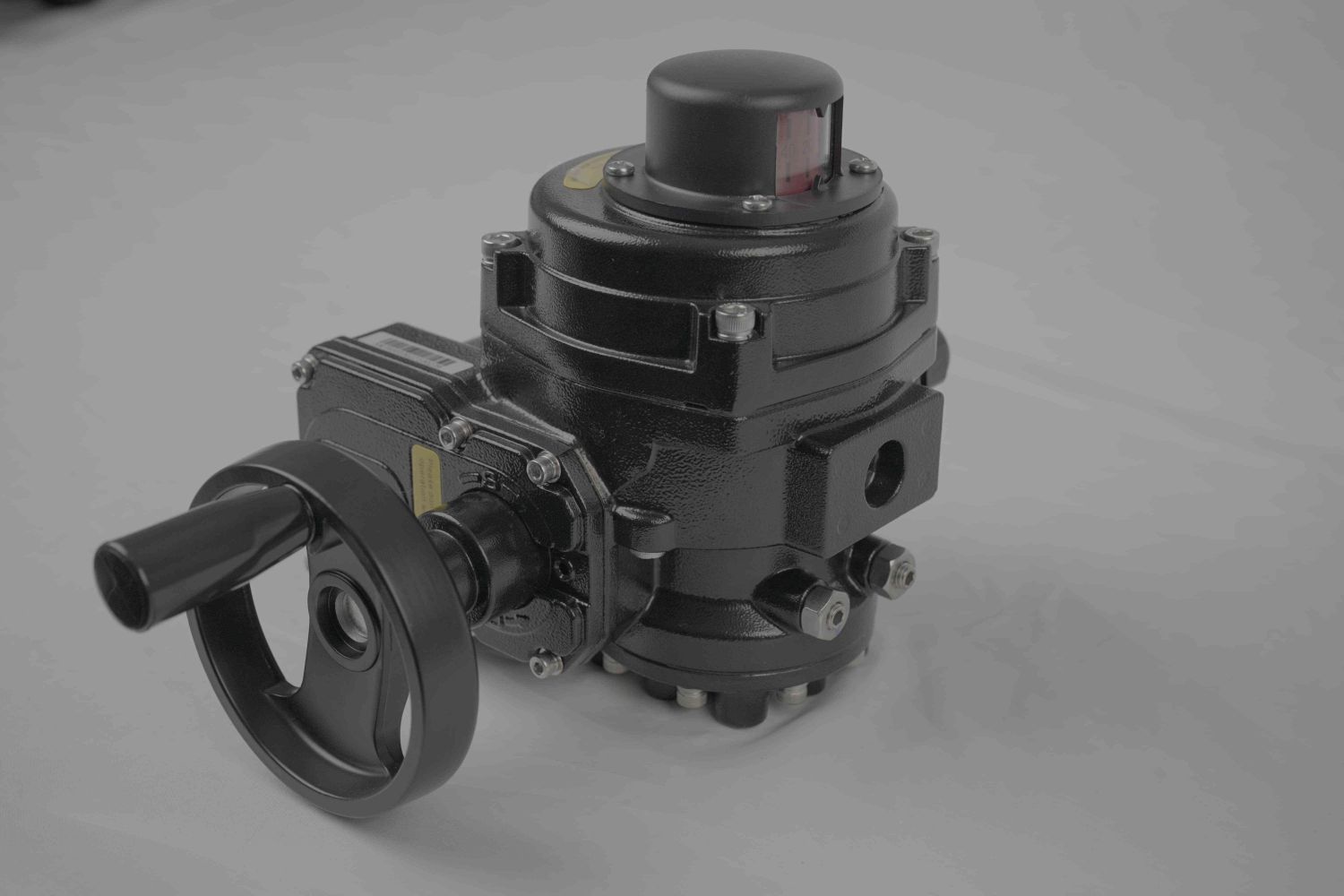exploring the wcb lithium battery valve: a critical component for safety and efficiency
Release time:2025-09-13 15:23:54
In the rapidly evolving world of technology, lithium-ion batteries have become the power source of choice for a vast array of devices, ranging from smartphones to electric vehicles. However, as the use of these batteries increases, so do the concerns surrounding their safety and reliability. To address these issues, manufacturers have developed various safety mechanisms, one of which is the WCB (Weighted Control Break) lithium battery valve. This article delves into the significance, functionality, and benefits of the WCB lithium battery valve in enhancing battery safety.

The primary purpose of the WCB lithium battery valve is to act as a safety device that prevents the buildup of excessive internal pressure within the battery. Lithium-ion batteries generate gases, particularly during overcharging, short-circuiting, or thermal runaway, all of which can lead to hazardous situations, including fires or explosions. The WCB valve offers a reliable solution by allowing gases to escape safely when the pressure reaches a predetermined threshold, subsequently protecting both the battery and the devices it powers.
At its core, the WCB lithium battery valve consists of several crucial components: the valve body, sealing ring, spring mechanism, and exhaust port. The valve body is typically constructed from durable, corrosion-resistant materials to withstand the harsh chemical environment of the battery. The sealing ring ensures a tight seal between the valve and the battery casing, preventing any leakage of the electrolyte solution, while the spring mechanism controls the valve's opening pressure. Once the internal pressure exceeds a specific level, the spring loses its tension, allowing the valve to open and release excess gas.

